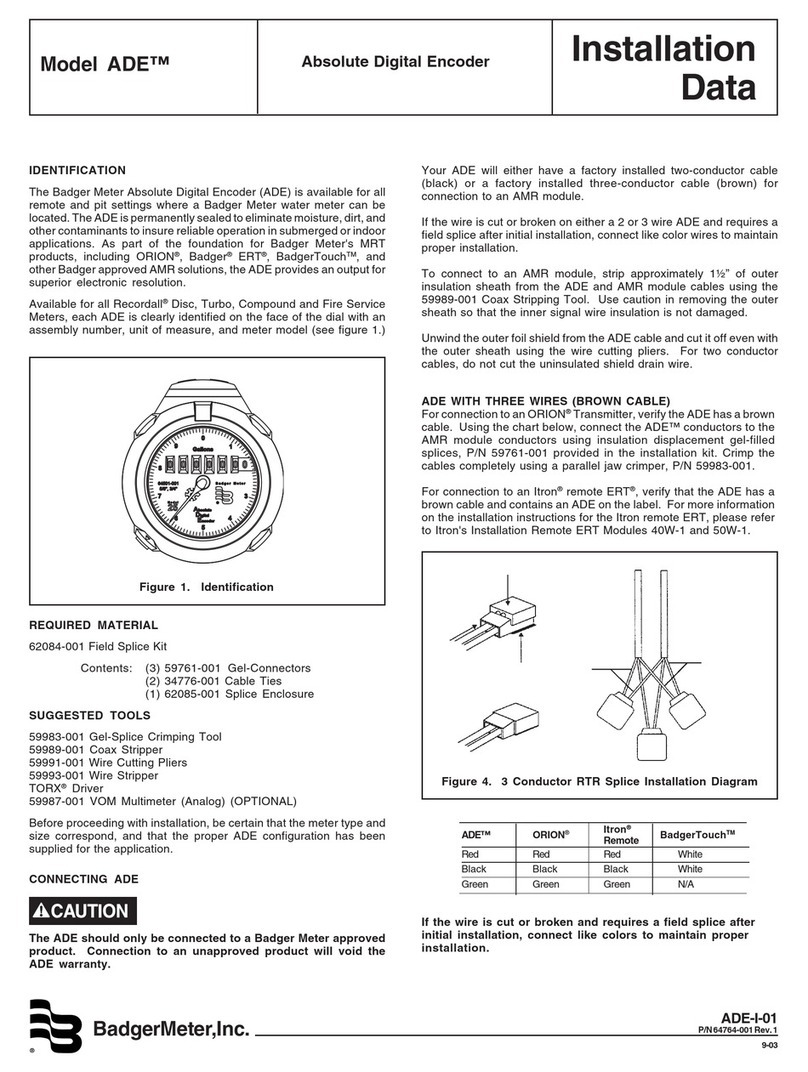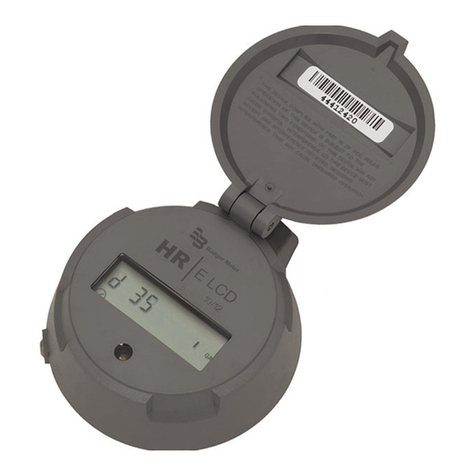
Startup
June 2021SGN-UM-00282-EN-05Page 10
Status: Com1 9/23/2008
File Options Tools
Program Values Board Values
Program Read Verify
Status: Idle Com Port 1
Pulse Output
High
Low
K-Factor
Pulse Width
150us
Auto
1s
500ms
100ms
25ms
1ms
Pulse Output
High
Low
K-Factor
Pulse Width
150us
Auto
1s
500ms
100ms
25ms
1ms
File Tools Version
Program
Read
Verify
Com Port
Blancett K-Factor Programming Software
Status: Com1 9/23/2008
File Options Tools
Program Values Board Values
Program Read Verify
Status: Idle Com Port 1
Pulse Output
High
Low
K-Factor
Pulse Width
150us
Auto
1s
500ms
100ms
25ms
1ms
Pulse Output
High
Low
K-Factor
Pulse Width
150us
Auto
1s
500ms
100ms
25ms
1ms
File Tools Version
Blancett K-Factor Programming Software
Com 1
Com 2
Com 3
Com 4
Com 5
Com 6
Com 7
Com 8
Com 9
Com 10
Com 11
Com 12
Com 13
Com 14
Com 15
Com 16
Program
Read
Verify
Com Port
Figure 7: Tools drop down Figure 8: Com port menu drop down
If the Com port selected is invalid, the software shows the message ERROR –
Invalid Com Port when trying to program the board. If the incorrect Com port is
selected, or if there is a problem with the cable, the software shows the message
"No Response" after trying to program the board.
Setting the K-Factor
The K-factor is the ratio of input pulses per each output pulse, for example, if the
K-factor is set to 1, then each input pulse would yield one output pulse. The range
that the K-factor can be set to is 1…999,999,999. The K-factor is set by entering it
in the Program Values column of the software in the K-factor field.
Setting the Output Pulse Width
The output pulse width is the length of time the pulse remains active before
resetting to its original state. The K-factor scaler has a total of seven different pulse
widths. The Auto option does not restrain the output pulse to a specific length.
Instead, it varies and is dependent on output frequency. The higher the output
frequency, the shorter the pulse width output. The lower the frequency output,
the longer the pulse width output. This option turns off the Pulse Output selection
buttons because they do not apply in this mode.
Some end devices require the pulse to be a certain length or longer for proper
detection of each incoming pulse. For these devices, select a pulse width that is
long enough for the end device to recognize it.
The pulse width option is set by clicking the required pulse width radio button in
the Program Values column of the software.
Setting the Output Level Normally High or Normally Low
Most end devices are unaffected by this setting, but the K-factor scaler can invert
the output pulse level. This option is set by clicking the required pulse output
radio button in the Program Values column of the software.





























